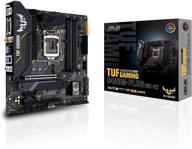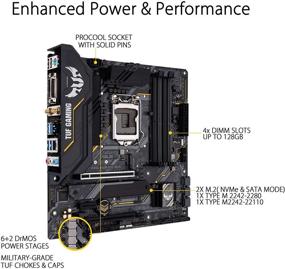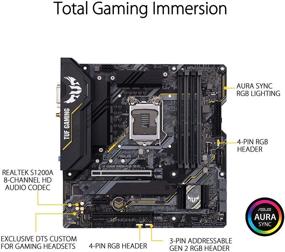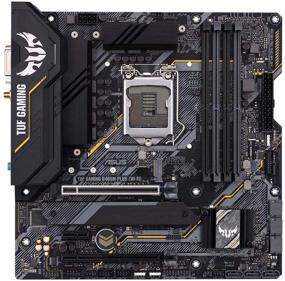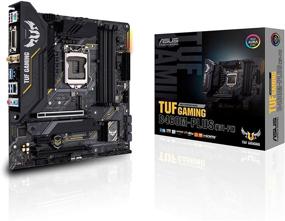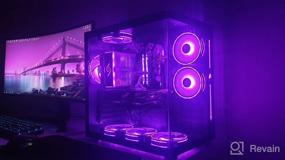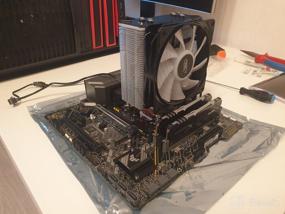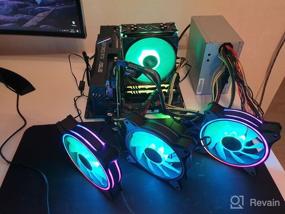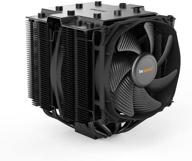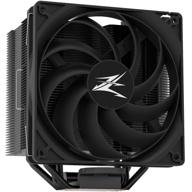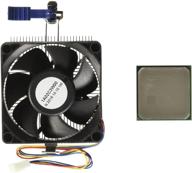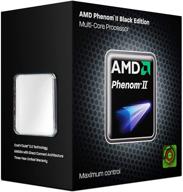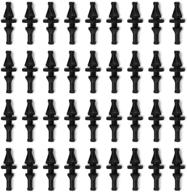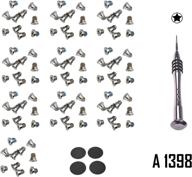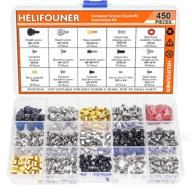- Beautiful appearance. Quality performance. Simply amazing software! Do you want to get adaptive backlighting behind the monitor on RGB strips, like on Philips ambilight TVs, without any extra investment? Easily! You just need to buy ready-made inexpensive tapes and connect them directly to the mother! And then fix the three tapes on the back of the monitor. Further, the software does everything itself. The presence of the backlight sector on the board, at the top right, is very out of place. It works with Aura Crate software, further I will write Aura Sync - this is a key lighting function in the current world of all RGB backlit devices. You can set any RGB zone operation mode when PC is off. It can easily glow in any chosen mode. Support for automatic overclocking of any compatible processor to maximum frequencies. Take any series and this board will drive it when it is needed. Support for high-frequency RAM according to the XMP profile. Support for the speed of absolutely all fans in the system! Including video cards. Management through the software is simply amazing. Any modes, any speeds, and monitoring everything you want. You can even name each fan in its own way. Incredible. You can overclock the video card, the processor with Asus proprietary software, they have completely ated the software and it's just super. There is only one heat sink on the Nvme SSD, and there are two such connectors on the board. Where did the second radiator go? I had to with my second SSD.
- It's better to overpay a bit and take a normal ATX size. Because my RTX 2070 Super covers and heats all ssd m.2, RAM is very close to the processor and if there is no dropsy, then it blocks access to the maintenance of the processor cooler tower. Aura Sync is well implemented, but there is no brightness control in the control program. Although it is clear that Aura Sync controls the brightness in its modes, you cannot do this manually. A huge minus is that the stream of hot air from the video card does not go outside the case, through a hole on the back wall of the system case. Everything is blown out on the sides of the video card, directly into the mother and the second stream into the side wall of the PC. And this is for a second about 70 degrees in games. And this stream of hot air warms all your Nvme SSDs under it. Which have a throttling threshold of 80 degrees. And the likes of Nvme SSDs are hot on their own. Plus, this flow of hot air enters the cooler tower, reducing the cooling efficiency of the processor. Any video cards with transverse finning of the radiator induce heat in the system unit. Some cards from Palit have longitudinal fins and could theoretically blow half of the hot air out of the case, but blowing out from the back will meet the forcing airflow from the case fans on the front of the case. Thus, the right side of the video card, on which its power is located, will experience cooling problems. The second huge minus of all motherboards in the line up to 35,000 is an extremely small number of connectors for case fans. There are only two of them here! There are three of them in the most expensive motherboard! And I need to power 12 fans! This can only be done through hubs, which are sold separately. Although Asus claims that 4 fans can be connected to one pin through a splitter. You can only find a splitter for three fans, and it will cost almost like a hub. Up to 10 fans can be connected to some of the hubs. Incurs additional unimportant costs.


